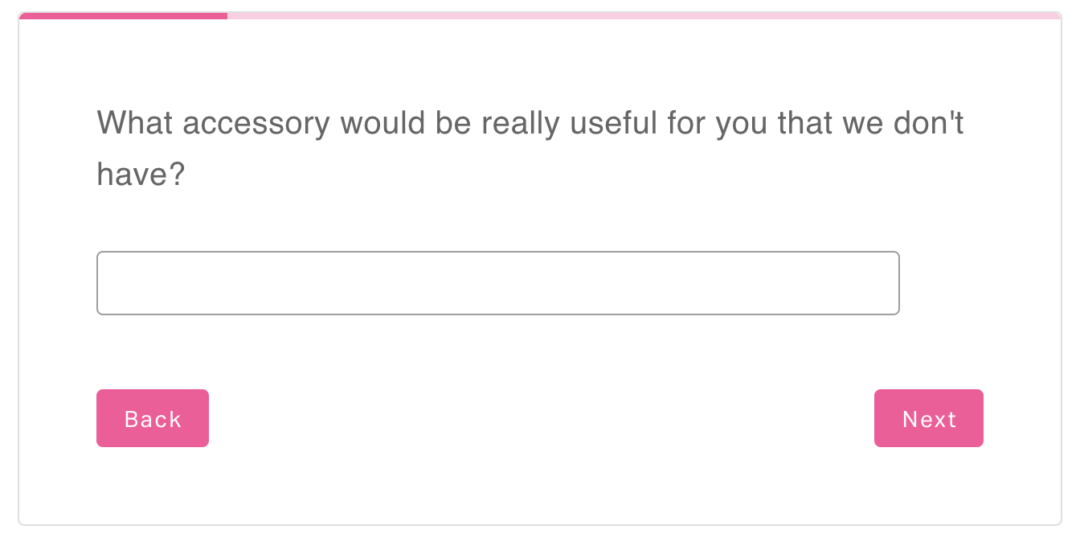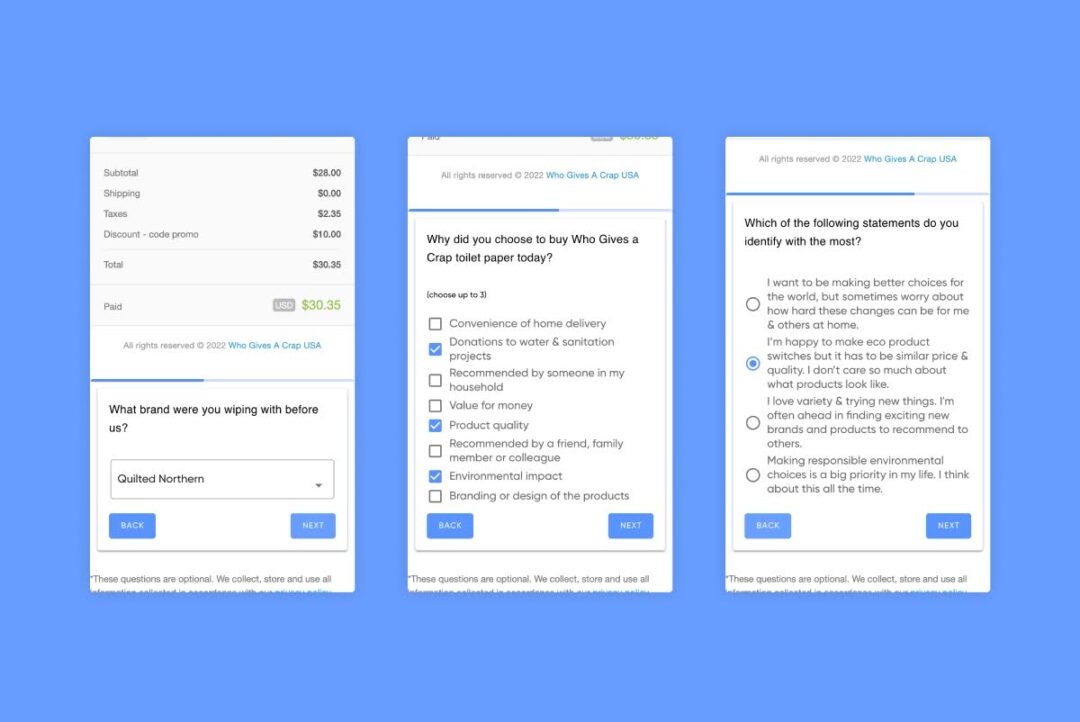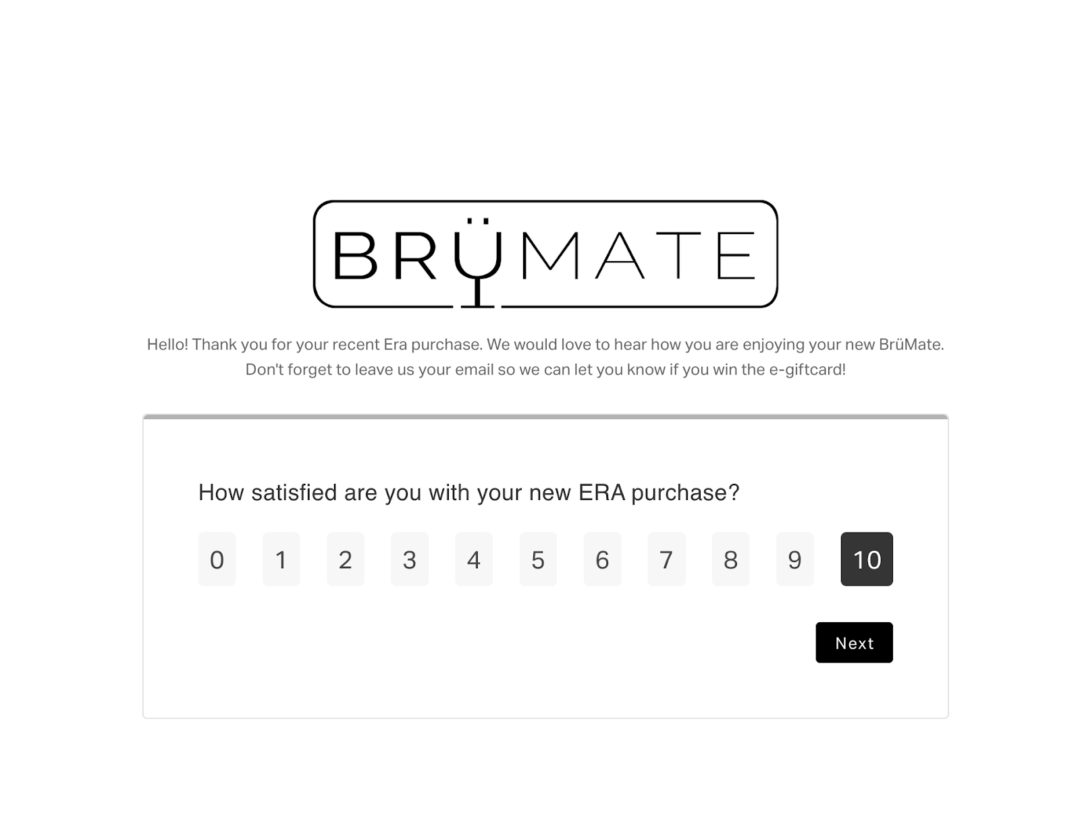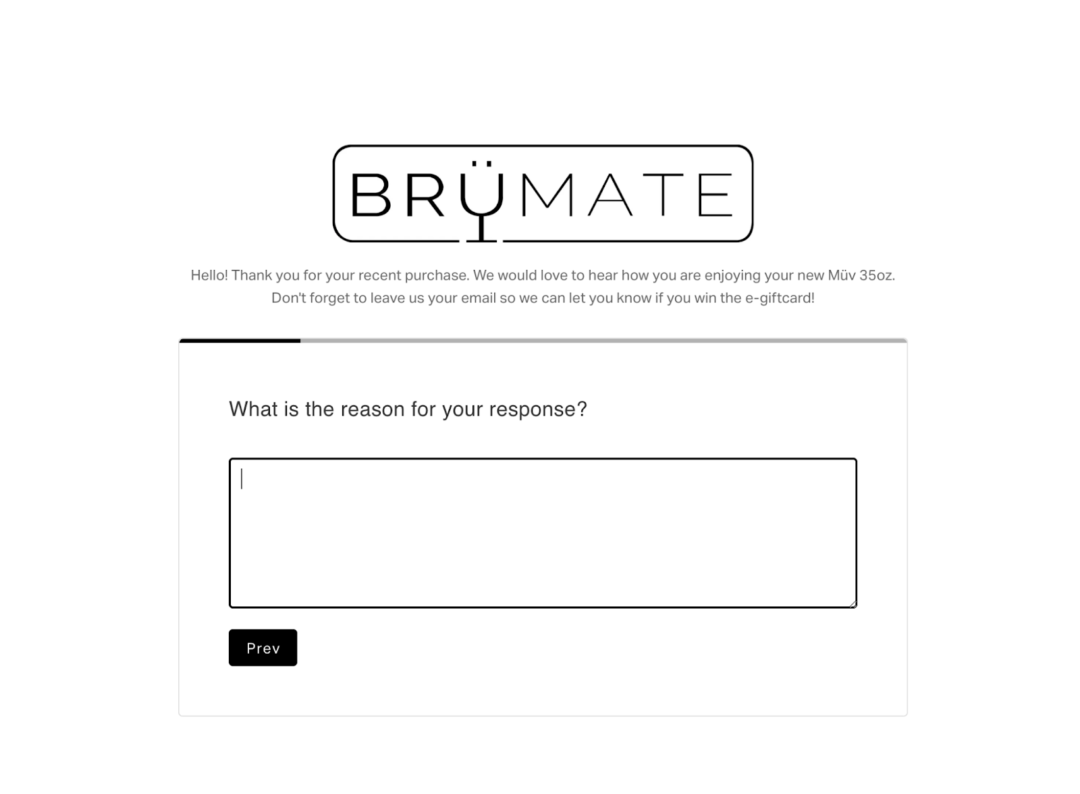
Ask any brand what they want, and they’ll tell you: more sales, bigger margins, and customers who keep coming back for more. Sounds simple, right? Wrong.
Ecommerce is more saturated than ever. Everyone is fighting for attention, ad costs are skyrocketing, and consumers are more skeptical about who they shop with.
So, how do you cut through the noise? How do you not just acquire customers—but turn them into die-hard fans who wouldn’t dream of shopping anywhere else?
That’s exactly what Bar Bruhis, General Manager at KnoCommerce, tackled in a recent webinar alongside experts from Black Crow AI, Stay.ai, and Because. The panel explored data-driven strategies that turn first-time buyers into loyal customers and boost customer lifetime value.
If you prefer to watch than read, you can tune in here:
Below, we’re breaking down his biggest takeaways and how you can start implementing them today.
1. Customers will tell you why they buy—if you ask
Many brands assume they know why customers buy their products, but that assumption is often wrong. Customer motivations shift over time, and the best way to stay ahead is by asking. Post-purchase surveys provide real-time insight into what’s driving conversions, yet most brands don’t take advantage of this simple tool.
Bar pointed out, “Most of your customers are willing to talk to you.” When brands start using KnoCommerce, they are often shocked by how many people actually respond to surveys.
Roughly 45 percent of customers fill them out, giving businesses access to a goldmine of customer intent data. A simple open-ended question like, “Why did you buy today?” can reveal unexpected motivations, helping brands refine their messaging and better connect with future first-time buyers.

Understanding why people are purchasing is not a one-time exercise. Buying intent shifts, new trends emerge, and customers may use products in ways that the brand never anticipated.
The most successful brands don’t guess—they ask, listen, and adapt.
2. Customer behavior dictates personalization strategy
Most brands rely on demographic data to personalize their marketing, but behavioral data is much more powerful.
Instead of grouping customers based on surface-level characteristics like age or location, Bar emphasized the importance of tracking how people actually use the product.
“The biggest data point we drive through surveys is trying to understand how often people use a product. And something a lot of people don’t think about is how many people are using it,” he said.
Who Gives a Crap, a sustainable toilet paper brand, asks customers how many people live in their household. A home with five people will go through toilet paper much faster than a single-person household, and knowing that allows for better-timed reorder prompts and personalized email flows.

The same logic applies across industries. Bar gave the example that if someone buys eight packs of gum, they are likely a power user who will go through it much faster than someone who buys just one.
Similarly, if a supplement brand knows that some customers take their vitamins daily while others take them occasionally, their retention efforts should be adjusted accordingly.
3. Subscription Models Need to be Aligned with Real Usage
Forcing customers into a subscription model that doesn’t match their needs is one of the fastest ways to lose trust. So don’t push short-term subscription cadences simply to drive quick recurring revenue—if a skincare product typically lasts sixty days, signing customers up for a two-week subscription will only lead to frustration and cancellations.
Skincare manufacturer Selfnamed, which has worked with over 6,000 beauty brands, notes that mismatched subscription models are a common mistake among new brands—often costing them their first loyal customers and damaging reputation before sales and traffic have a chance to grow.
A better approach is to guide customers toward the most common cadence. Brands can do this by defaulting to the most popular subscription interval or including messaging like, “Most customers choose this plan,” to reinforce what works best. The goal should be to make the subscription model feel intuitive rather than forced.
Another smart retention play is offering a small free gift with a customer’s second order. Studies show that once a customer makes a second purchase, they are significantly more likely to become long-term buyers.
And a free add-on can provide just enough incentive to nudge them into that next order. Brands that have tested this have seen conversion lifts as high as thirty to fifty percent on second purchases.
4. NPS Data Should Shape Retention Efforts
Tracking Net Promoter Score is an essential but underutilized strategy in customer retention. Many brands collect NPS data but fail to act on it in meaningful ways.
High NPS scores signal brand advocates who are already excited about the product. These customers should be actively engaged, whether through referral programs, exclusive offers, or user-generated content initiatives.
If someone loves the brand, they are far more likely to recommend it to others, but they won’t necessarily take action unless they’re prompted.
On the flip side, low NPS scores highlight potential detractors—customers who had a bad experience. Ignoring these customers is a mistake. Instead, brands should be proactive in reaching out to dissatisfied customers, identifying their pain points, and offering solutions. A personalized message from the CEO or a special incentive can completely change a negative experience into a positive one.
“Ask your customers if they like you or not. If they like you, do more with them. If they don’t, lean in even harder to fix it,” said Bar.


5. Customer Insights Should Influence Product Pages
Brands spend so much time and money driving traffic to their product pages, but very few take full advantage of customer insights to optimize them.
Bar shared an example of how HexClad, a cookware brand, is using post-purchase survey data to improve its product pages.
Before launching their new grill line, they surveyed customers about how they planned to use their new cookware. Questions like “How often do you grill?” and “What meals are you making?” provided valuable insights that they then used to refine their product descriptions and marketing copy.
“HexClad is serving their customers, asking why they’re buying, how they intend to use it, and how often they intend to use it. All that information is getting piped directly into their PDP,” he said.
This kind of real-world data can be applied across industries. A skincare brand might discover that customers are using their product as a primer under makeup, even though that wasn’t its original intent. A supplement company might learn that customers are primarily taking a certain product for stress relief rather than energy.
When brands incorporate these insights into their product pages, they create a shopping experience that feels more aligned with what customers are actually looking for.
6. The Right Questions Lead to Better Retention Strategies
Most brands approach retention with broad assumptions rather than precise customer insights. Asking the right questions can help brands better segment their customers, improve messaging, and increase overall lifetime value.
Bar explained how seemingly simple survey questions can unlock powerful retention tactics.
Asking customers if a purchase was a gift, for example, can change how the brand follows up with them. If it was a gift, the next marketing message shouldn’t push a reorder—it should offer gift-wrapping options, suggest complementary products, or provide a discount for their next gifting occasion.
“Asking questions like how many people are in your household, or if this is a gift, allows you to be super personalized with your messaging and time the next purchase request correctly,” he said.
Every customer interaction is an opportunity to gather information that will make future interactions more relevant and valuable.
7. Brand Personality Can Boost Engagement and Loyalty
Many brands struggle to get customers to fill out surveys, but the way a question is framed can make all the difference. Bar pointed out that Who Gives a Crap adds humor to their post-purchase surveys, which increases engagement.
Instead of asking a generic question, they use playful language like, “How many bums in your household use the toilet?” They also include fun, lighthearted questions that aren’t necessarily business-critical, like asking customers if they are “scrunchers or folders” when it comes to toilet paper.
These kinds of small, unexpected touches make the brand feel more human.
Customers are much more likely to engage with brands that have personality and make the experience enjoyable. Injecting humor or creativity into surveys, emails, and marketing campaigns isn’t just a way to entertain—it’s a way to build stronger connections with customers.
Stop assuming, start asking
Bar’s biggest takeaway from the webinar was that brands need to stop assuming and start asking. Customers will provide all the information needed to improve retention and drive repeat purchases, but only if brands take the time to listen.
A business that actively collects and applies customer feedback will always outperform one that relies on guesswork. Brands that refine their product messaging based on real customer insights, time their retention efforts based on actual usage, and build relationships with their highest-value customers will not just survive—they will thrive.
Want more insights like this? Watch the full webinar here and learn how to transform one-time buyers into lifetime fans.